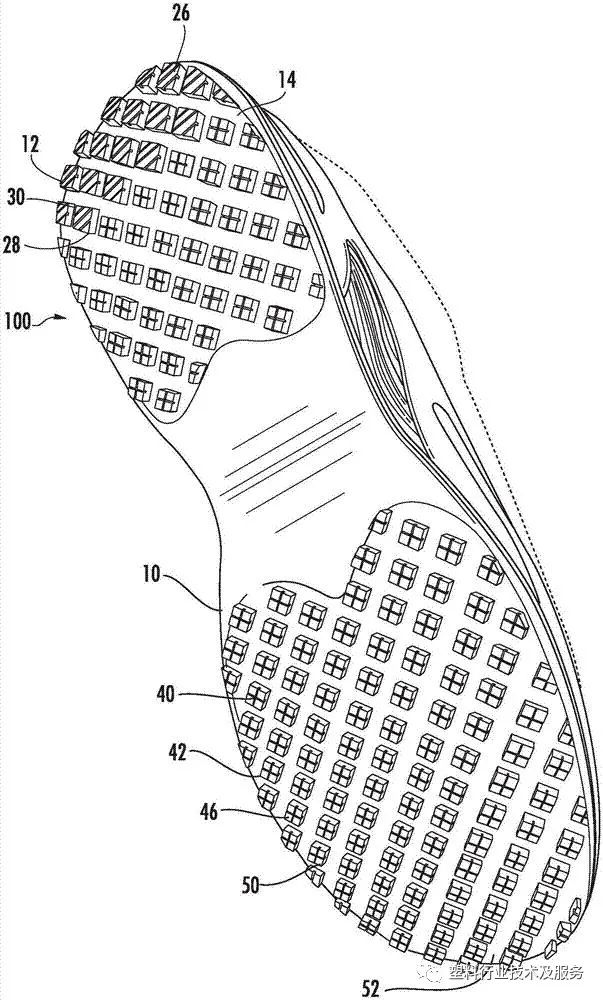For example, MD=EVA+RB=EVA+RB+TPR. Occasionally, some shoes are RB+PU.
2、 Advantages and disadvantages of various sole materials and simple comparison
2.1 PU (or PR sole) is commonly known as: polyurethane sole, which is generally foamed, is the lightest and most wear-resistant, and of course the most expensive. PU material soles are easy to recognize, light in hand, and the holes on the back of the soles are round.
2.2 PVC is commonly known as: plastic bottom, which is heavier and cheaper than TPR when held in hand, but of poor quality. Especially in winter, it is easy to break the bottom; One of the characteristics of PVC soles is that there is no injection hole, and there is a smell if you smell it with your nose. If it is left for a long time, there will be white things. Brother Toughness: People before the 1970s are impressed. The slippers worn in summer are very painful to wear in winter. They are made of PVC. Of course, the PVC modified materials can also be made soft.
2.3 The elasticity of the TPR material sole is better than that of PVC. Hold the sole firmly and it will naturally fall down. If it can spring up, it will be TPR. However, the TPR sole is not very hard to age and is not very wear-resistant.
2.4. TR's sole surface is very bright. It is harder than the general TPR sole. TR has more injection holes than TPR. The injection hole is very special. Note: According to the principle, it should not be. If SEBS is used as the base material of TR base, it should be more matt than TPR. If TPV is used, it will be more matt. It is generally believed that some ox tendon bottoms are made of TR materials.
2.5 MD bottom, commonly known as PHYLON, is made of rubber sheet at the bottom and high elastic EVA at the top, which is both anti-skid and lightweight. At present, first-class brands at home and abroad use this kind of bottom material. Note: It is said that it is a first-class brand, which should be out of date. Now new materials are emerging in endlessly, and EVA is no longer a good material!
2.6 TPU sole, which is a thermoplastic polyurethane elastomer sole, is usually bright in appearance and can also be foamed. Generally, the sole is molded by injection molding, which is difficult to grind. This is different from the PU bottom forming method, but the original material is the same. Relatively speaking, it is not as good as the PU bottom. Now the popular sole material popcorn is made of TPU material.
The difference between PU and PVC is relatively easy. From the corner, the bottom cloth of PU is much thicker than PVC, and there are also differences in the feel. The feel of PU is softer; PVC feels harder; You can also use fire to burn. The taste of PU is much lighter than that of PVC. The PVC smoke has a halogen taste.
Comparison of other weights, materials, processes and applications
In terms of weight: RUBBER (rubber) is the heaviest, PU and EVA are the lightest.
Materials: PU is expensive, EVA and TPR are moderate, and PVC is the cheapest.
Technically: TPR is made into a shape, while PVC needs to be processed. ABS is generally the material of high-heeled shoes, which is expensive and hard.
Application: PVC is mostly used in lining or parts not bearing weight, or in making children's shoes; PU leather can be applied to the materials of footwear or the parts bearing weight. In terms of bags, PVC leather is more applicable. This is because the items in the bag are different from the feet in the shoes and do not emit heat; No need to bear personal weight. If anti-skid is required, one is RB rubber sole, which is made of full rubber, mainly used for skateboard shoes and leisure shoes; One is MD Huailong sole, the bottom is rubber, which is mainly used for hiking shoes and running shoes.
3、 Identification methods of common rubber materials
3.1 Synthetic rubber bottom SBR
Identification by solvent method: all solvents are not sticky after dripping
Identification of combustion method: black smoke, rubber odor, sticky after burning, not self extinguishing.
3.2 Thermoplastic rubber bottom TPR
Identification by solvent method: dropping point of toluene or ethyl acetate will break when converted
Identification of combustion method: black thick smoke, the burning place is in a molten state and does not self extinguish.
3.3 PVC bottom PVC
Identification by solvent method: after dropping cyclohexanone, it becomes sticky and insoluble in acetone
Identification of combustion method: there is a plastic smell when burning, and it will self extinguish after leaving the fire; Stick a little PVC with hot copper wire, and then burn with green flame.
3.4 Polyurethane foam bottom PU
Identification by solvent method: dripping any one of cyclohexanone, butanone or acetone will become sticky
Identification of combustion method: the flame is orange red when burning, and it will not extinguish when leaving the fire.
3.5 Nitrile rubber high wear-resistant bottom NBR
Identification by solvent method: solvent resistant
Combustion method identification: there is black smoke and the flame is red.
3.6 Ethylene vinyl acetate foam midsole EVA
Identification by solvent method: solvent resistant
Identification of combustion method: there are colloidal drops during combustion, the flame is white, there is a wax smell, and wire drawing is not allowed.
